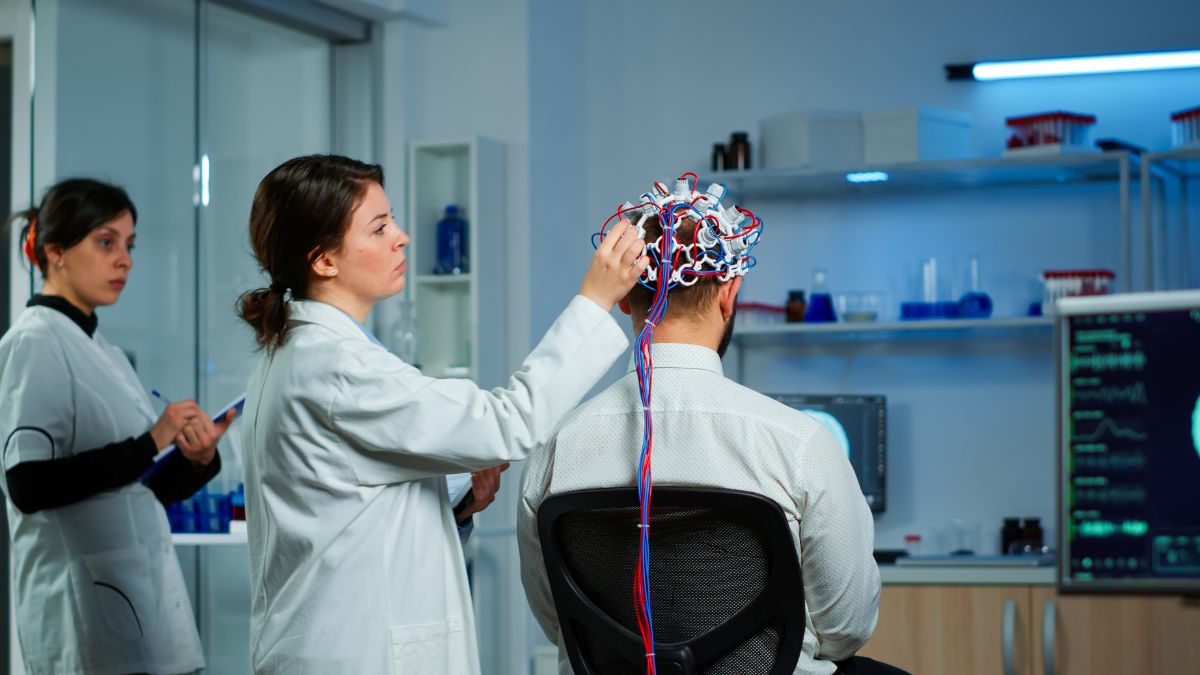Neuromodulation is at the forefront of medical innovation, transforming the way we treat neurological disorders, chronic pain, and mental health conditions. With rapid advancements in technology, new devices and techniques are making this therapy more effective, precise, and accessible than ever before. From next-generation implantable stimulators to AI-driven adaptive systems, let’s look into the latest breakthroughs in neuromodulation.
Neuromodulation
Neuromodulation involves using electrical or magnetic stimulation to alter nerve activity in the body. By targeting specific regions of the nervous system, it helps regulate abnormal signals that cause pain, seizures, tremors, and even mood disorders. The latest innovations in this field are pushing the boundaries of what’s possible, providing hope for patients with previously untreatable conditions.
Cutting-Edge Devices
The development of new neuromodulation devices is revolutionizing patient care. Here are some of the most advanced systems currently making an impact:
- Closed-Loop Systems: These smart devices monitor brain or nerve activity in real-time and adjust stimulation accordingly, ensuring optimal therapy with minimal side effects.
- Wireless Implantable Stimulators: Newer devices eliminate the need for wired connections, making implantation less invasive and reducing complications.
- Miniaturized Implants: Smaller, more energy-efficient devices improve comfort and longevity while maintaining effectiveness.
- AI-Driven Neuromodulation: Artificial intelligence enhances device functionality by predicting and adjusting stimulation patterns based on patient needs.
These advancements are making neuromodulation more personalized and effective, helping patients regain control over their symptoms with fewer risks.
Advanced Techniques
Alongside cutting-edge devices, new neuromodulation techniques are changing how treatments are delivered:
- Transcutaneous Vagus Nerve Stimulation (tVNS): A non-invasive method that stimulates the vagus nerve through the skin, offering relief for depression, epilepsy, and migraines.
- Optogenetics: A futuristic approach that uses light-sensitive proteins to control neural activity, potentially revolutionizing brain disorder treatments.
- High-Frequency Spinal Cord Stimulation (HF-SCS): A more effective version of traditional spinal cord stimulation, reducing chronic pain without causing tingling sensations.
- Deep Brain Stimulation (DBS) with Adaptive Control: Advanced DBS systems now self-adjust based on brain activity, improving treatment for conditions like Parkinson’s disease and OCD.
These innovations are paving the way for more precise and less invasive treatments, allowing patients to experience better outcomes with fewer side effects.
Benefits of Neuromodulation Innovations
The latest advancements in neuromodulation offer several key benefits:
| Benefit | Impact |
|---|---|
| More Personalized Care | Devices adjust therapy based on real-time data. |
| Less Invasive Procedures | Smaller implants and wireless systems reduce risks. |
| Improved Treatment Outcomes | Higher precision leads to better symptom management. |
| Broader Applications | Neuromodulation is now used for more conditions. |
Future Directions
Despite these innovations, neuromodulation still faces challenges, including high costs, insurance coverage limitations, and the need for long-term clinical studies. However, ongoing research is expected to address these issues, making neuromodulation more widely available.
Looking ahead, experts predict further integration of AI, better battery life for implants, and new ways to combine neuromodulation with gene therapy and regenerative medicine. The future of neuromodulation is bright, and these breakthroughs are just the beginning.
For patients struggling with chronic pain, neurological disorders, or mental health conditions, neuromodulation innovations are bringing new hope and better treatment options. If you’re considering this therapy, now might be the perfect time to explore the latest advancements in the field.
FAQs
What is neuromodulation?
Neuromodulation uses electrical or magnetic stimulation to regulate nerve activity.
What are the latest neuromodulation devices?
New devices include closed-loop systems, AI-driven stimulators, and wireless implants.
Can neuromodulation be non-invasive?
Yes, methods like tVNS provide neuromodulation without surgery.
How does AI improve neuromodulation?
AI helps devices adjust stimulation in real-time based on patient needs.
What conditions can neuromodulation treat?
It helps with chronic pain, epilepsy, depression, Parkinson’s, and more.











